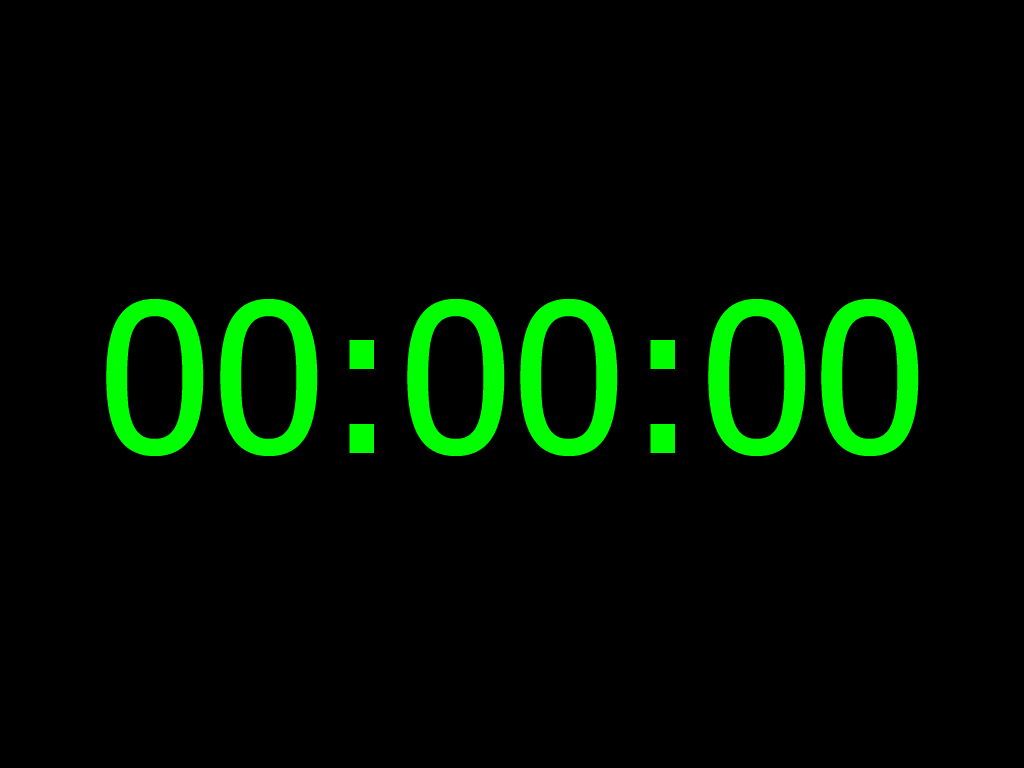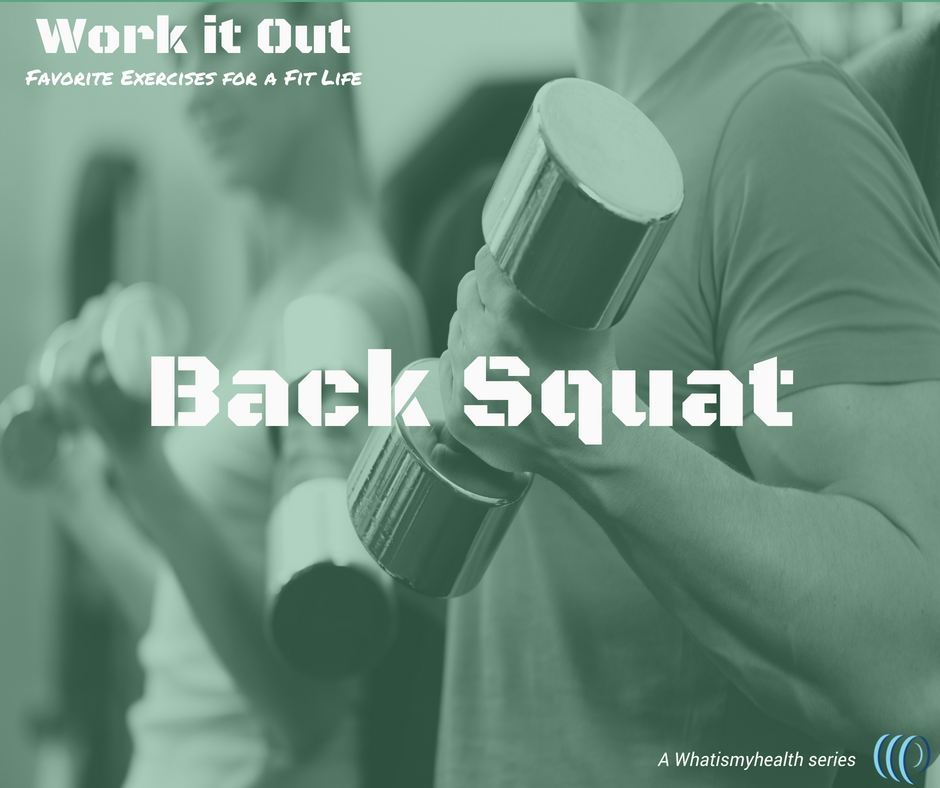Work It Out: 30/30 Cardio
/Welcome to the “Work it Out” series from My Train of Thought. In this series, Certified Personal Trainer Sean Jackson will share some of his favorite exercises, breaking down what each exercise is, what it’s good for, and how to perform it safely and effectively.
*Disclaimer: It is recommended that you consult your health care professional, as well as a certified trainer before attempting to perform a new workout. It is recommended that you familiarize yourself with the exercise and its proper form in order to prevent injury and account for any pre-existing injury or other conditions, as well as to ensure that the exercise is advisable for you.
Exercise:
30/30 Cardio
What it is
30/30 is more of an exercise concept than a specific exercise. A typical 30/30 workout alternates 30 seconds of high intensity exercise with 30 seconds of low intensity exercise done back-to-back. The quick variations in intensity makes this a great workout for the heart and cardiopulmonary system.
Why 30/30?
There are a lot of reasons I enjoy the 30/30 workout. First, it’s very easy. You can do it even if you only have a short amount of time to work out. The 30/30 can be modified throughout your workout progression, and you can perform it using any number of exercises.
This workout is all about personal preference. The intensity level you work out at is specific to you based on your own personal output and exertion. The exercises are flexible, and so is the way you measure the intensity you work out at. If you like to measure in hard numbers, you can measure your intensity by your heart rate. If you prefer something more subjective, track your intensity by your own personal perception of the work you are putting in.
I would recommend this workout for almost everyone because it can be performed at any level. You can still do a 30/30 workout even if you have a specific injury. Just make sure to choose exercises that are appropriate for your condition and safety.
If you have knee trouble, exercises like arm cranks might be a better choice to avoid injury or aggravating an existing injury or condition. Patients with heart conditions, or those with sickle cell anemia may want to be careful when choosing their intensity level, and it may be best to avoid this workout entirely. If you’re not sure, always check with your health care provider before you attempt the workout.
What you’ll need
Like planking, you can do a 30/30 workout without any equipment at all. You can do this on a treadmill, elliptical, stairmaster, arc trainer, or rowing machine if your gym has one. Even if you’re limited to basic home gym equipment or have no equipment at all, you can still do the 30/30 using basic exercises. Some of the exercises I recommend include squatting, sprinting, jogging, jumping jacks, and jumping rope. You can also bike if you have one, or swim if you have access to a pool.
Let’s talk action
The exercises are your choice, the workout is all about timing. Perform the exercise of your choice at 30 seconds of high intensity, then perform the same exercise at a low level of intensity for 30 seconds. The intensity level is specific to you based on how much you feel you are exerting yourself.
I personally like to work in multiples of 5. Start with 5 rounds of an exercise at a time, then increase to 10, 15, 20, and so on. I measure a “round” as 5 minutes (30 seconds of high intensity exercise followed by 30 seconds of low intensity exercise 5 times in a row). For every 5 minutes of exercise you can take an equal 5 minute break.
Measurable Goals
The main goals of this workout are to increase lung & heart capacity, aerobic and anaerobic capacity, muscular endurance, and heart health, which can be hard to measure. Find a set point for yourself— a level to start with— and conquer that level. Over time, you may notice that you can perform an exercise at a certain intensity more easily.
You can build towards doing rounds that go longer than 5 minutes at a time. If you progress to longer rounds (6 or 7 minutes), take a break for the same amount of minutes. You can also shorten your breaks as you progress to get more workout time for each rest period.
You can always research other programs to match your fitness goals. Talk to a certified fitness professional if you need some guidance.
Any questions? Ask Sean using the form below:
Which of the workouts from the “Work It Out” series do you prefer?
Share your comments at the bottom of the page.
Whaitsmyhealth © 2018


















When working out starts feeling monotonous, these 3 things help me to find new vigor for working out.